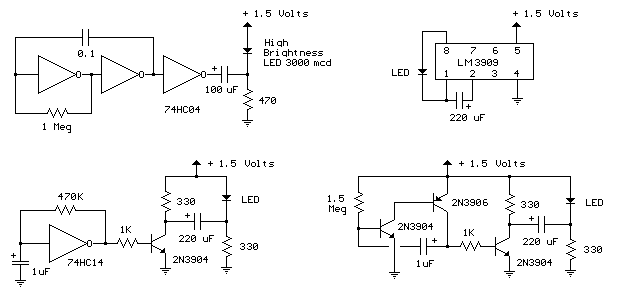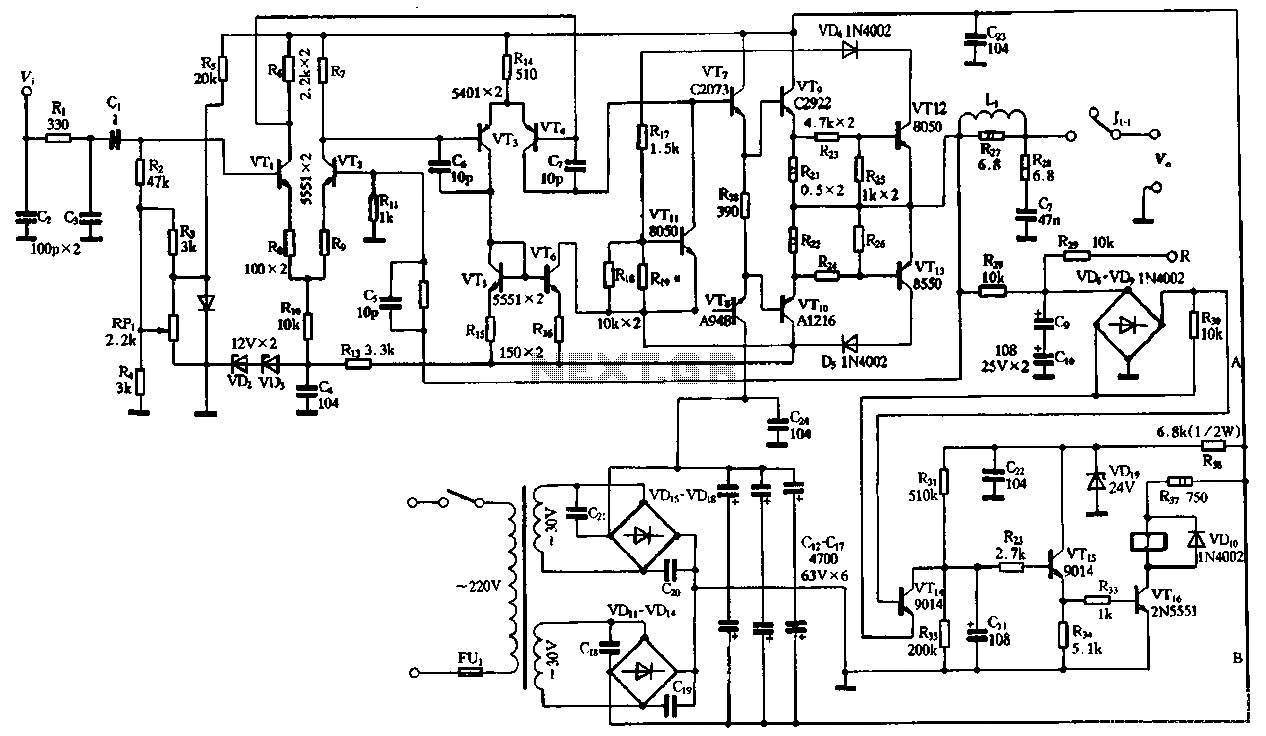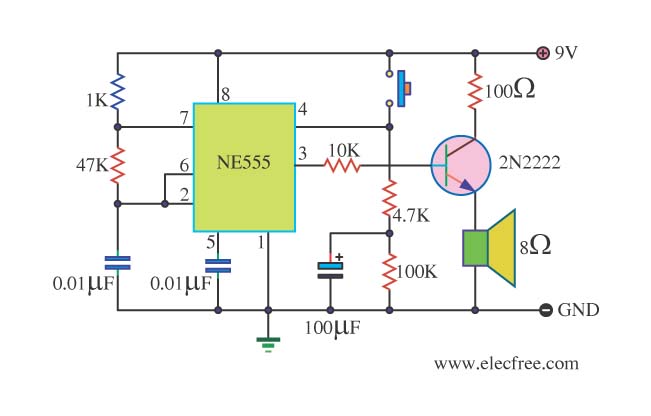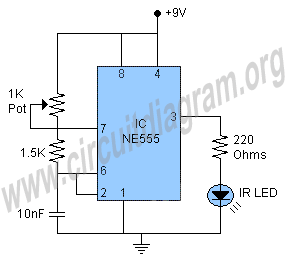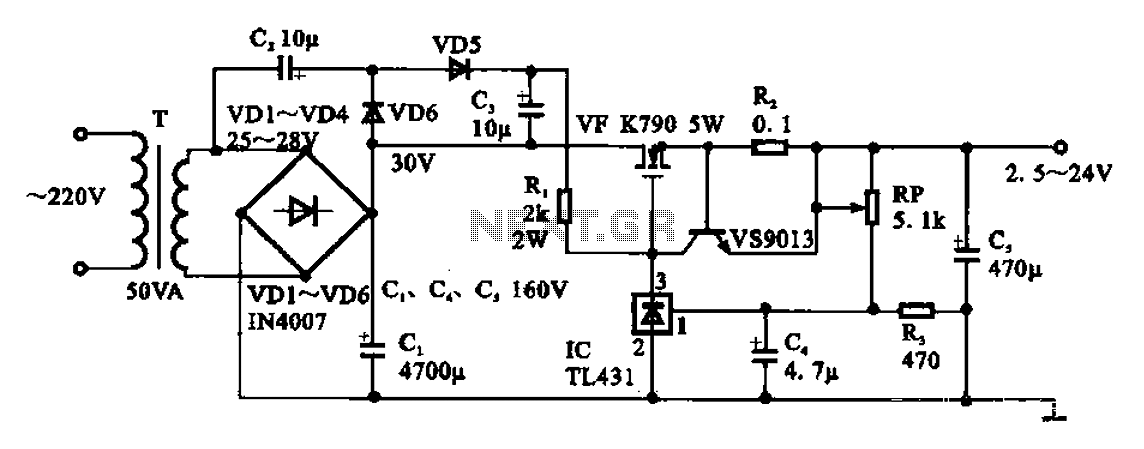
geiger circuit

The Geiger counter is a scientific instrument that can detect ionizing radiation such as alpha and beta particles and gamma rays. It is capable of detecting a single particle and, although relatively simple, is thus exquisitely sensitive. Radioactivity was discovered in 1896 by Henri Becquerel. Radioactive materials produce three different types of radiation: alpha (α) and beta (β) particles and gamma (γ) rays. The soil and rocks beneath our feet contain various radioactive elements that contribute to what is known as background radiation. It has been estimated that the top hundred yards of the Earth's crust contains an average of 12,000 tons of uranium and thorium per square mile. There are also radiation contributions from ionizing particles produced by solar radiation hitting the upper atmosphere and from cosmic rays, the origins of which remain partly a mystery, potentially arising from our galaxy or even further out. With this simple Geiger counter, one can sense the invisible radiation around them from the Earth and, remarkably, from distant galaxies and processes occurring far out in the cosmos. The heart of the Geiger counter is the Geiger-Muller (GM) tube, typically a metal cylinder or jacket containing a metal wire or fine tube. Inside the tube is a gas at low pressure. In most cases, one end is encapsulated with plastic while the other end has a fine mica window. The window maintains an airtight seal while providing relatively easy access for highly ionizing radiation such as alpha particles that would not easily pass through the dense metal of the jacket. A high voltage (approximately 300 - 400V DC) is applied between the outer tube (negative) and inner wire (positive). As the outer jacket has a larger diameter than the inner wire or tube, the electric field within the device is greater near the inner connection, enhancing sensitivity towards the central part of the GM tube. The voltage is low enough, however, that the gas remains insulating until an ionizing radiation enters the device. A single particle entering the GM tube causes a cascade of ionizations, resulting in the creation of a current pulse. The gas also contains a quenching chemical to stop the avalanche from being maintained indefinitely, allowing subsequent particles to be detected shortly afterward. There is an upper limit to the number of ionization events a particular type or design of GM tube can respond to. For example, if a single beta particle enters the tube, it may create a click in the Geiger counter speaker. This beta particle could be a single electron, and the click might represent a 1 mA pulse of 1/1000 second duration. Thus, this click would be equivalent to approximately 1/(1.6 x 10^-19) x 1/1000 x 1/1000, which is about 10^12 electrons moving. In this case, one electron has been transformed into a pulse of 10^12 electrons, representing an effective gain of 1,000,000,000,000. GM tubes are available in various shapes and sizes for many different applications. Centronics produces a range of general-purpose GM tubes; for example, the ZP1401 is small and works well with this circuit. An alternative high-tension (HT) supply for the Geiger circuit takes less current than previous designs and seems to provide a better current output. The 200-ohm resistor can be adjusted for approximately 450V between specific points. The basic design described utilizes a simple 9V 555 oscillator circuit to provide pulses to a step-up transformer, creating approximately 50-100V. A diode ladder circuit then multiplies this voltage up to about 300V, suitable for driving the GM tube. For this circuit, approximately 280V was obtained from a 9V supply and around 385V from a 12V supply. The voltage is applied through a large current-limiting resistor (approximately 2-5 MΩ).
The Geiger counter operates by utilizing the Geiger-Muller tube, which is central to its function. The tube is filled with a low-pressure inert gas, such as helium or neon, which becomes conductive when ionizing radiation passes through it. The application of a high voltage across the tube creates an electric field that enhances the likelihood of ionization events. When a charged particle, such as an alpha or beta particle, enters the tube, it collides with gas atoms, creating ion pairs. This process initiates a chain reaction, resulting in a rapid increase in ionization and the creation of a measurable pulse of current.
The design of the circuit includes a pulse detection mechanism that captures these current pulses and converts them into audible clicks or visual indicators, allowing users to monitor radiation levels. The use of a 555 timer integrated circuit enables precise timing and pulse generation, which is essential for the accurate detection of radiation events. The step-up transformer and diode ladder circuit are crucial components that facilitate the high voltage required to operate the GM tube effectively.
In summary, the Geiger counter serves as a vital tool in the detection of ionizing radiation, employing a sophisticated yet simple design that allows for the monitoring of background radiation and other sources of ionization. The integration of various electronic components, including the GM tube, 555 timer, and power supply circuitry, exemplifies the principles of electronics in practical applications.The Geiger counter is a scientific instrument that can detect ionising radiation such as alpha and beta particles and gamma rays. It`s capable of detecting a single particle and although relatively simple is thus exquisitely sensitive [1].
Radioactivity was discovered in 1896 by Henri Becquerel. Radioactive materials produce three different types of radiation: alpha ( ±) and beta ( ²) particles and gamma ( ³) rays. The soil and rocks beneath our feet contain all sorts of radioactive elements which contribute to what is called the background radiation. It has been estimated that the top hundred yards of the earth`s crust contains an average of 12, 000 tons of uranium and thorium per square mile [2].
There are also radiation contributions from ionising particles produced by solar radiation hitting the upper atmosphere and also from cosmic rays, the origin of which is still partly a mystery, from our galaxy or even further out. So with this simple Geiger counter you can not only get a sense of the invisible radiation`s around you from the Earth but also rather incredibly from distant galaxies and processes going on far out in the Cosmos!
The heart of the Geiger counter is the Geiger-Muller (GM) tube. This is usually a metal cylinder or jacket within which there is a metal wire or fine tube. Inside the tube is a gas at low pressure. In most cases one end is encapsulated with plastic while the other end has a fine mica window. The window maintains an air tight seal while providing a relatively easy access for highly ionising radiation such as alpha particles that would not easily pass through the dense metal of the jacket [3]. A high voltage (ca. 300 - 400V DC) is applied between the outer tube (-ve) and inner wire (+ve). As the outer jacket has a larger diameter than the inner wire or tube the electric field within the device is greater nearer the inner connection which makes it more sensitive towards the central part of the GM tube.
The voltage is low enough however that the gas remains insulating (the plateau region of the GM tube charecteristics [3]) until an ionising radiation enters the device. A single particle entering the GM tube causes a cascade of ionisation`s leading to the device creating a current pulse.
The gas also contains a quenching chemical to stop the avalanche from being maintained indefinitely, allowing another particle to be detected shortly afterward. There is of course an upper limit to the number of ionisation events a particular type / design of GM tube can respond to [3].
Imagine a single beta particle enters the tube and creates a click in the Geiger counter speaker. The beta particle might be a single electron. A click might be a 1mA pulse of 1/1000 second duration. This click will thus be equivalent to ca. 1/(1. 6 x 10-19) x 1/1000 x 1/1000 i. e. about 1012 electrons moving. So in this case one electron has been transformed into a pulse of 1012 electrons. That`s an effective `gain` of 1, 000, 000, 000, 000 - quite impressive for such a simple device! GM tubes come in all shapes and sizes for many different applications. Centronics produce a range of general purpose GM tubes for example the ZP1401 [4] is small and will work well with this circuit. Fig. 1b. This is an alternative HT supply for the geiger circuit (built Nov 2012). It takes less current than Fig. 1a and seems to provide a better current o/p. Adjust the 200R for ca. 450V between point x and c. (basic idea taken from Encyclopedia of Electronic Circuits, R. F, Graf, vol. 1, p. 537) This basic design described here uses a simple 9V 555 oscillator circuit to provide pulses to a step-up transformer to create ca.
50-100V. A diode ladder circuit [5] then multiplies this up to about 300V suitable to drive the GM tube (for this circuit I found that I got ca. 280V for a 9V supply and ca. 385V for 12V). The voltage is applied via a large current limiting resistor (ca. 2-5M ohm) to the t 🔗 External reference
The Geiger counter operates by utilizing the Geiger-Muller tube, which is central to its function. The tube is filled with a low-pressure inert gas, such as helium or neon, which becomes conductive when ionizing radiation passes through it. The application of a high voltage across the tube creates an electric field that enhances the likelihood of ionization events. When a charged particle, such as an alpha or beta particle, enters the tube, it collides with gas atoms, creating ion pairs. This process initiates a chain reaction, resulting in a rapid increase in ionization and the creation of a measurable pulse of current.
The design of the circuit includes a pulse detection mechanism that captures these current pulses and converts them into audible clicks or visual indicators, allowing users to monitor radiation levels. The use of a 555 timer integrated circuit enables precise timing and pulse generation, which is essential for the accurate detection of radiation events. The step-up transformer and diode ladder circuit are crucial components that facilitate the high voltage required to operate the GM tube effectively.
In summary, the Geiger counter serves as a vital tool in the detection of ionizing radiation, employing a sophisticated yet simple design that allows for the monitoring of background radiation and other sources of ionization. The integration of various electronic components, including the GM tube, 555 timer, and power supply circuitry, exemplifies the principles of electronics in practical applications.The Geiger counter is a scientific instrument that can detect ionising radiation such as alpha and beta particles and gamma rays. It`s capable of detecting a single particle and although relatively simple is thus exquisitely sensitive [1].
Radioactivity was discovered in 1896 by Henri Becquerel. Radioactive materials produce three different types of radiation: alpha ( ±) and beta ( ²) particles and gamma ( ³) rays. The soil and rocks beneath our feet contain all sorts of radioactive elements which contribute to what is called the background radiation. It has been estimated that the top hundred yards of the earth`s crust contains an average of 12, 000 tons of uranium and thorium per square mile [2].
There are also radiation contributions from ionising particles produced by solar radiation hitting the upper atmosphere and also from cosmic rays, the origin of which is still partly a mystery, from our galaxy or even further out. So with this simple Geiger counter you can not only get a sense of the invisible radiation`s around you from the Earth but also rather incredibly from distant galaxies and processes going on far out in the Cosmos!
The heart of the Geiger counter is the Geiger-Muller (GM) tube. This is usually a metal cylinder or jacket within which there is a metal wire or fine tube. Inside the tube is a gas at low pressure. In most cases one end is encapsulated with plastic while the other end has a fine mica window. The window maintains an air tight seal while providing a relatively easy access for highly ionising radiation such as alpha particles that would not easily pass through the dense metal of the jacket [3]. A high voltage (ca. 300 - 400V DC) is applied between the outer tube (-ve) and inner wire (+ve). As the outer jacket has a larger diameter than the inner wire or tube the electric field within the device is greater nearer the inner connection which makes it more sensitive towards the central part of the GM tube.
The voltage is low enough however that the gas remains insulating (the plateau region of the GM tube charecteristics [3]) until an ionising radiation enters the device. A single particle entering the GM tube causes a cascade of ionisation`s leading to the device creating a current pulse.
The gas also contains a quenching chemical to stop the avalanche from being maintained indefinitely, allowing another particle to be detected shortly afterward. There is of course an upper limit to the number of ionisation events a particular type / design of GM tube can respond to [3].
Imagine a single beta particle enters the tube and creates a click in the Geiger counter speaker. The beta particle might be a single electron. A click might be a 1mA pulse of 1/1000 second duration. This click will thus be equivalent to ca. 1/(1. 6 x 10-19) x 1/1000 x 1/1000 i. e. about 1012 electrons moving. So in this case one electron has been transformed into a pulse of 1012 electrons. That`s an effective `gain` of 1, 000, 000, 000, 000 - quite impressive for such a simple device! GM tubes come in all shapes and sizes for many different applications. Centronics produce a range of general purpose GM tubes for example the ZP1401 [4] is small and will work well with this circuit. Fig. 1b. This is an alternative HT supply for the geiger circuit (built Nov 2012). It takes less current than Fig. 1a and seems to provide a better current o/p. Adjust the 200R for ca. 450V between point x and c. (basic idea taken from Encyclopedia of Electronic Circuits, R. F, Graf, vol. 1, p. 537) This basic design described here uses a simple 9V 555 oscillator circuit to provide pulses to a step-up transformer to create ca.
50-100V. A diode ladder circuit [5] then multiplies this up to about 300V suitable to drive the GM tube (for this circuit I found that I got ca. 280V for a 9V supply and ca. 385V for 12V). The voltage is applied via a large current limiting resistor (ca. 2-5M ohm) to the t 🔗 External reference
